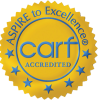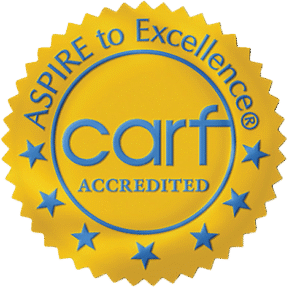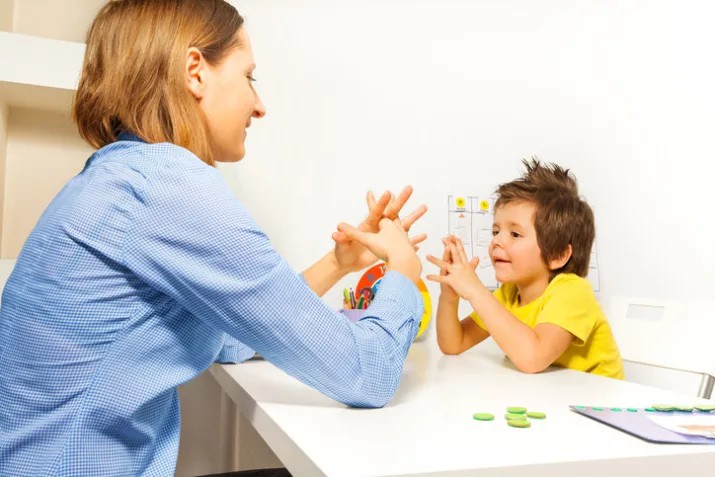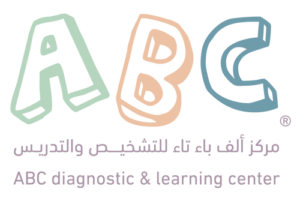Methods and Principles ..
Do you have any idea about applied behavior analysis therapy? What is ABA therapy? How does it work? And more. In this article, we will answer all of these questions.
What is ABA therapy?
It refers to “applied behavior analysis”, which is commonly known as ABA. ABA therapy uses principles and methods which can help children with autism to acquire certain skills and behaviors. This therapy mainly employs the principles of applied behavior analysis which developed a method to train children with autism to improve targeted behaviors through a rewards system. Furthermore, some scientific researches have revealed that this treatment has achieved notable results in enhancing the skills and behaviors of autistic children.
How does ABA therapy work?

ABA therapists use multiple ways that enable children with autism.
- ABA program must follow a checklist
That means that the practitioners and doctors should organize a set of motivating activities and codes of conduct. More importantly, they have to test it in different communities or environments. Practitioners also must establish a clear and easy system that enables the practitioners and instructors to follow the program.
- Create a set of goals
This includes the following main points:
- Creating a set of clear goals which are easy to apply by children.
- The Practitioner should divide the goals into small and simple steps.
- They also should focus on measuring and evaluating behaviors.
- Divide a certain task into simple steps
Children in their nature need to be treated smartly and smoothly, especially autistic children. They naturally tend to do things when they receive support and rewards. For instance, one of the main tasks for a child with autism is having lunch. So, the practitioner ought to divide this task simply into small steps instead of demand then do it all at once. In other words, the targeted goal is “sitting at the table” first, and then you can respectively train them into the other task.
- Record all reactions
Practitioners should take care of recording every reaction substantively. They also must take different responses apart from emotions and focus on reactions in either a right or a wrong way. For example, if the child has shown two kinds of inappropriate reactions successively, the practitioner should give the priority to the right one. Also, they have to record every swift reaction as well.
- Reward the right response
ABA therapy uses positive reinforcement when treating children. In this method, instructors and practitioners reward the child who gives the proper response. Snacks, favorite toys and games for the child are some gifts that practitioners should present.
.
Learn more about The Relationship Between Vaccine And Autism.
.
What are its principles?
This therapy aims to reduce a child’s behavioral concerns that may negatively affect their interactions with their peers. As a result, it targets to establish organized and calculated programs to modify behaviors and improve their communication skills. It also targets four functions of behaviors which are avoidance, attention and reinforcement seeking, and instant gratification.
There are four principles of ABA therapy:
- The child’s behaviors strengthen or weaken according to its consequence.
- Most of their environments affect the child’s behaviors.
- Behaviors need to be reinforced or disciplined according to the social changes.
- Behaviors effectively change with positive instead of negative consequences.
Applied behavior analysis therapy (ABA) is commonly used for enhancing the skills and behaviors of autistic children. You can visit ABA program for more information about autism spectrum disorder and how you could deal with your child if you have one.









